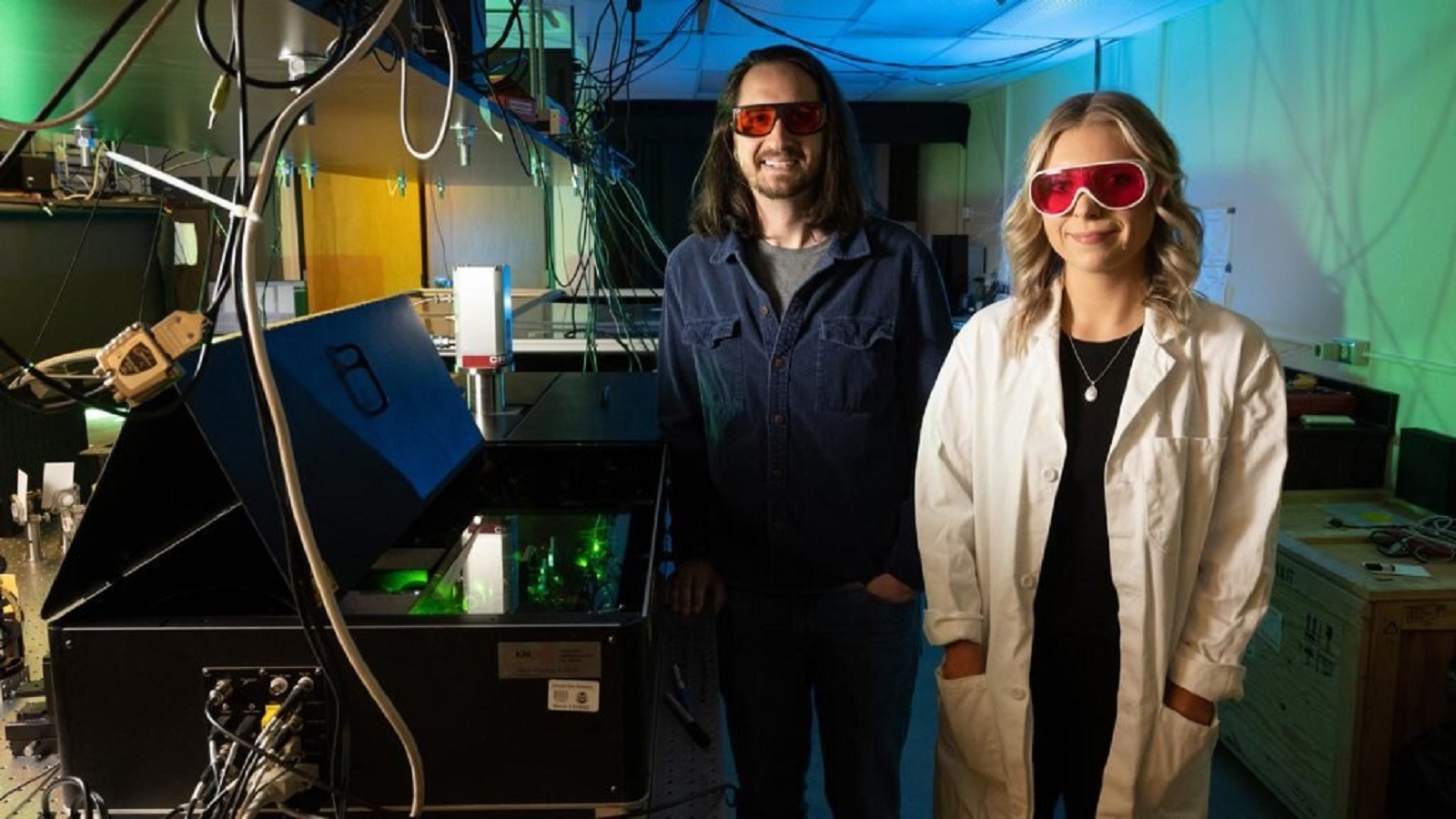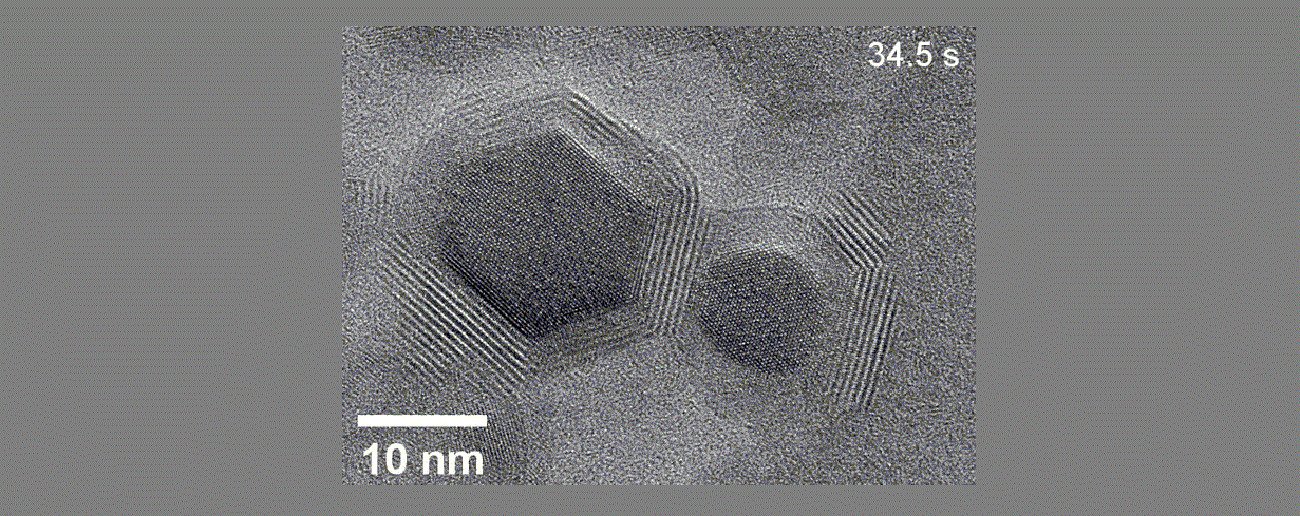TRAPPIST-1 is a planetary system just 39 light-years away toward the constellation of Aquarius. Given that our galaxy has a diameter of 100,000 light years, it is safe to say that this system is mainly in our immediate vicinity. Thanks to this, scientists can look at the individual planets of the system more closely.
Also read: Space Sense: Here we will search for life! 7 new exoplanets in one system
It is worth remembering that we are dealing here with a red dwarf, a star much smaller than the Sun. It is estimated that TRAPPIST-1 has only 8 percent mass. The mass of the Sun, the size of the star is more like Jupiter than the Sun. Therefore, all the planets that revolve around it are closer. Even the farthest of the seven planets is closer than the distance between Mercury and the Sun.
Could there be life on these planets?
This question is not as clear as it might seem. Yes, three of the system’s seven planets are currently in a star’s habitable zone, which is the range of distances from the star where liquid water can exist on a rocky planet’s surface. The problem is that earlier in the evolution of the planetary system, the central star was much hotter. For hundreds of millions of years, these planets have been exposed to intense radiation that could effectively remove any water present in the rocks on the surface of these planets and blast them into interplanetary space. So it can be assumed that because the conditions on these planets have become more benign over time, there is no longer any water that was necessary for life as we know it.
Latest research However, they can restore some hope. A new technique for modeling planetary atmospheres suggests that water may have survived on the surfaces of the Trappist-1 planets, making it possible for it to exist there today.
Importantly, the astronomers responsible for the latest findings had no intention of addressing the issue of water or life on the surface of the Trappist-1 planets. The goal of their research was to improve planetary atmospheric models by taking into account real atmospheric conditions on these planets, rather than limiting them to theoretical assumptions only.
Also read: What a surprise! Planets like Earth are not the best for the development of life
As it turns out, previous models used very simplified atmospheres, where the star’s radiation penetrates the atmosphere, reaches the surface, and then some of the energy transferred in this way is convectively radiated. In other words, the star heats up the surface of the planet, warms the air, cold air descends to the surface, and warm air rises and radiates into space. However, this is a very simple model of the atmosphere, which usually has nothing to do with reality.
According to the researchers, one must take into account the fact that the transparency of the gases surrounding the planet varies with altitude and greatly affects the amount of radiation that actually returns to space. Furthermore, if a planet has a thick atmosphere, relatively little radiation may reach the planet’s surface. This, in turn, may not be sufficient to drive vertical convective motions in the atmosphere.
Original models of the water-rich atmospheres of the Trappist-1 planets indicated that, like Venus, these planets are subject to intense greenhouse effects. The assumption was that water vapor is a very potent greenhouse gas. The heating of the planet by the star caused the water in the atmosphere to evaporate, thus increasing the amount of water vapor, which in turn kept the star’s energy in the atmosphere, raising its temperature so much that the planet’s crust and mantle melted. In the magma ocean, from which water has so far remained. The rocks in the rocks were also released into the atmosphere. Over the course of several billion years, intense stellar winds hitting the planet’s atmosphere may have gradually pushed water from the atmosphere into space, completely stripping the planet of all water.
The model of the atmosphere developed by scientists changes the perspective somewhat. It turns out that while surface conditions on these Trappist-1 planets were harsh in their early years, they weren’t so severe that the planet’s crust and mantle melted into the magma ocean. This, in turn, means that although there is no water on the surface, the water in the rocks could survive the difficult first years of its existence, until the Trappist-1 star cooled a bit. This in turn means that the existence of oceans of liquid water on any of these planets is still possible, which now that these planets are in the habitable zone of their star, may be a good omen for the search for extraterrestrial life.
However, it should be noted here that new, more realistic models of the evolution of the water-rich atmosphere of rocky planets may be used in the near future to analyze the atmospheres of other exoplanets, which will be observed, among other things, by NASA. The James Webb Space Telescope, or in the somewhat distant future, even the Ariel Space Telescope. Based on these observations, we will be able to assess how many planets in our environment are conducive to the emergence of life as we know it already exists.

Echo Richards embodies a personality that is a delightful contradiction: a humble musicaholic who never brags about her expansive knowledge of both classic and contemporary tunes. Infuriatingly modest, one would never know from a mere conversation how deeply entrenched she is in the world of music. This passion seamlessly translates into her problem-solving skills, with Echo often drawing inspiration from melodies and rhythms. A voracious reader, she dives deep into literature, using stories to influence her own hardcore writing. Her spirited advocacy for alcohol isn’t about mere indulgence, but about celebrating life’s poignant moments.








